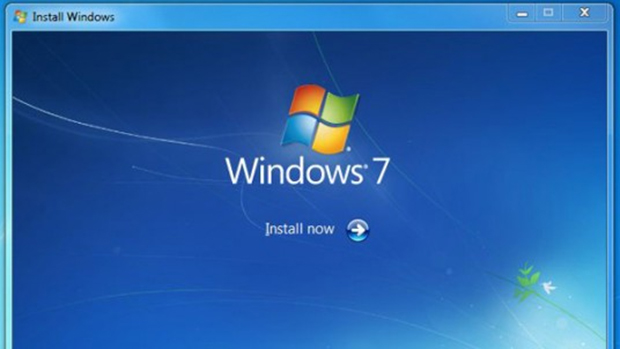
Windows 7 today enters into extended support, meaning that you can no longer get free support for the OS.
January 13, 2014 marks the date that Microsoft stops offering mainstream support for its Windows 7 OS. The popular operating system, now over five years old, is now in what is known as 'extended support.'
Essentially, extended support marks the beginning of the end for a Windows version. From now on there'll be a steady winding down until Microsoft finally pulls the plug on January 14, 2020.
Windows 7's reputation has only been enhanced with the release of subsequent versions. It represents the peak of the classic Windows desktop design, before Microsoft opted to rip things up and start again with Windows 8 - to widespread unpopularity.
As The Register points out, Windows 7 remains the operating system of choice on some 55 percent of all current PC setups. Now, however, those 55 percent will no longer be able to benefit from free Microsoft support for the OS.
Naturally, it also means that Windows 7 will get no more new features or major updates. From now until 2020, only minor security-based updates will be applied.
Read More: Best laptops
The question, then, is do you upgrade to Windows 8.1 now to benefit from the free support, or do you wait to see what Windows 10 has to offer later in the year?
Microsoft is holding a public launch event on January 21 to run through the features of its new OS, which appears to be taking steps to reengage those who have persisted with Windows 7 up to this point.




